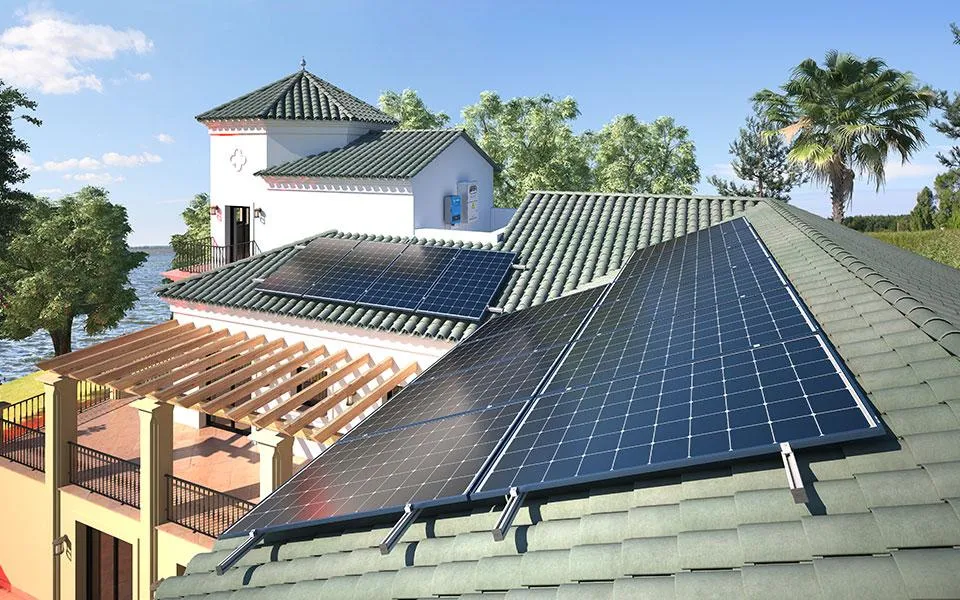Exploring the Future of Solar Energy through Photovoltaic Technology Advancements
Exploring Solar Photovoltaics The Future of Energy Generation
In recent years, solar photovoltaic (PV) technology has emerged as a cornerstone of sustainable energy solutions. With the increasing urgency to combat climate change and reduce dependency on fossil fuels, solar energy has gained traction as a clean, renewable alternative. This article delves into the fundamentals of solar photovoltaic technology, its benefits, challenges, and the future prospects that promise a shift in the global energy landscape.
At its core, solar photovoltaic technology is designed to convert sunlight directly into electricity. This process is facilitated by photovoltaic cells, typically made from silicon, which generate an electric current when exposed to sunlight. The design of a solar panel consists of numerous PV cells connected together to convert ample sunlight into usable electrical energy. As the cost of solar technology continues to decline, an increasing number of households and businesses are turning to solar panels as a viable energy source.
One of the most significant advantages of solar photovoltaic systems is their environmental impact. Solar energy production emits little to no greenhouse gases compared to traditional fossil fuels, making it a cleaner choice for energy generation. Additionally, solar power is renewable, meaning it harnesses a naturally replenishing resource – sunlight – without depleting any resource pools. This sustainable approach contributes to energy independence and helps mitigate the detrimental effects of climate change.
Moreover, solar PV technology can significantly reduce electricity bills for consumers. By generating their electricity, homeowners can decrease their reliance on grid power, and in some cases, even sell surplus energy back to the grid. This not only provides financial benefits but also promotes energy literacy and self-sufficiency among users. Governments around the world have recognized the potential of solar energy and are implementing policies and incentives to encourage its adoption. Tax credits, rebates, and feed-in tariffs are just some of the ways that authorities are supporting the transition toward renewable energy.
solar photovoltaic

However, solar photovoltaics also face certain challenges. One of the primary concerns is the intermittent nature of solar energy generation. Solar panels produce electricity only during daylight hours, and energy output can be significantly reduced on cloudy days or during nighttime. As a result, energy storage solutions, such as batteries, are essential to ensuring a reliable power supply. Innovations in battery technology are crucial to overcoming this hurdle, as they can store excess energy generated during sunny periods for use when sunlight is not available.
Another challenge lies in the initial costs associated with purchasing and installing solar PV systems. Although prices have decreased dramatically over the past decade, the upfront investment can still be a barrier for some prospective users. However, various financing options, such as solar loans, leases, and power purchase agreements, have been introduced to make accessibility easier.
Looking forward, the future of solar photovoltaics appears promising. Continued advancements in technology are likely to enhance efficiency and reduce costs further. Researchers are exploring new materials and designs, such as perovskite solar cells, which have the potential to surpass the efficiency of traditional silicon-based cells. Additionally, with the rise of smart grids and integrated energy systems, solar PV can be combined with other renewable technologies, creating a more resilient and adaptive energy network.
In conclusion, solar photovoltaic technology stands at the forefront of the global shift toward sustainable energy. With its myriad benefits, from environmental protection to economic savings, it offers a practical solution to the pressing energy challenges of our time. While obstacles such as intermittent generation and initial costs exist, ongoing innovation and supportive policies can pave the way for solar energy to play a pivotal role in our collective endeavor to forge a greener, more sustainable future. Embracing solar photovoltaics not only represents a step toward energy independence but also a commitment to a healthier planet for future generations.
-
Understanding the Advantages of Solar String Inverters for Your Energy SystemNewsApr.29,2025
-
Choosing the Right PV Inverter: A Comprehensive GuideNewsApr.29,2025
-
The Future of Solar Power: Exploring Bifacial Solar PanelsNewsApr.29,2025
-
The Complete Guide to Solar Panels: Efficiency, Cost, And InstallationNewsApr.29,2025
-
The Best Options for Efficiency and Cost-EffectivenessNewsApr.29,2025
-
Harnessing the Power of Off-Grid Solar Inverters for Energy IndependenceNewsApr.29,2025







